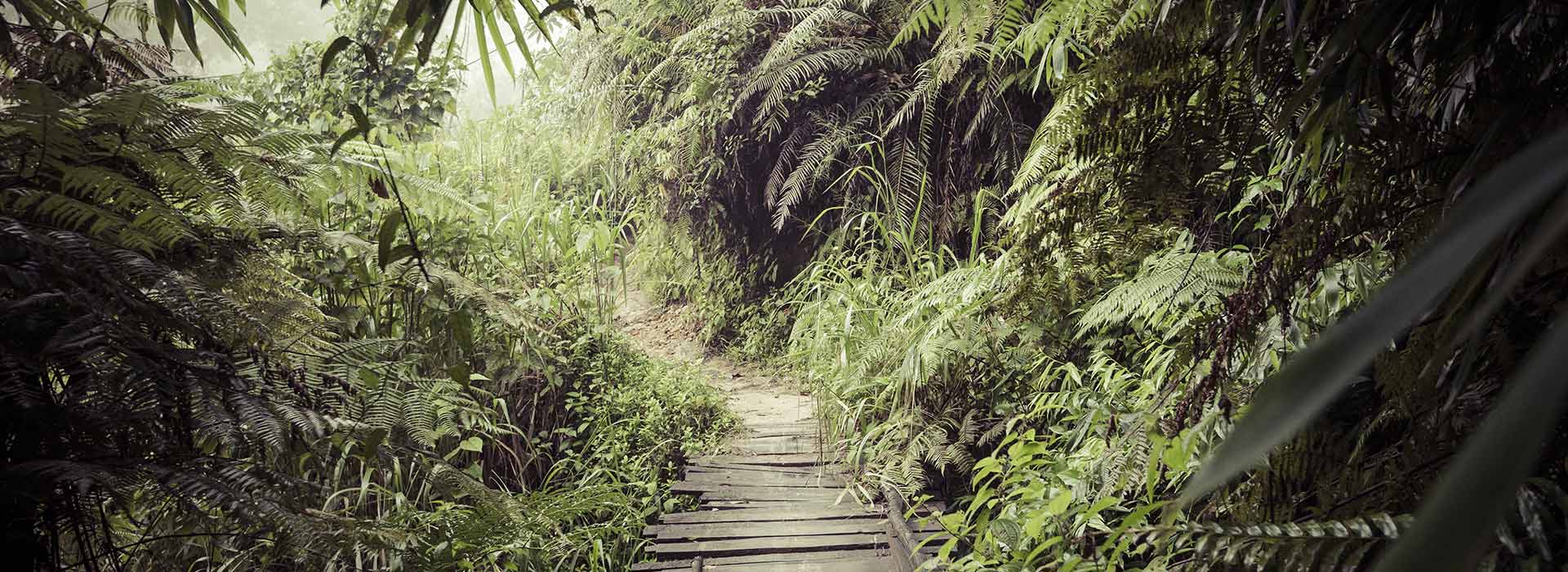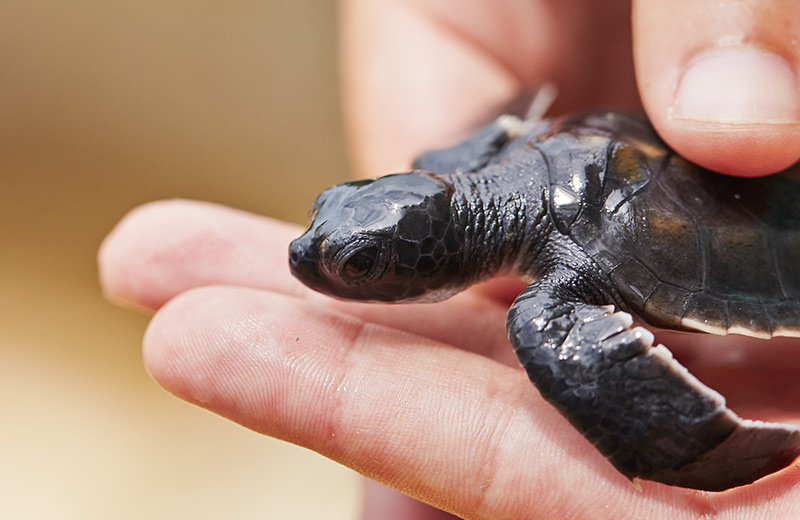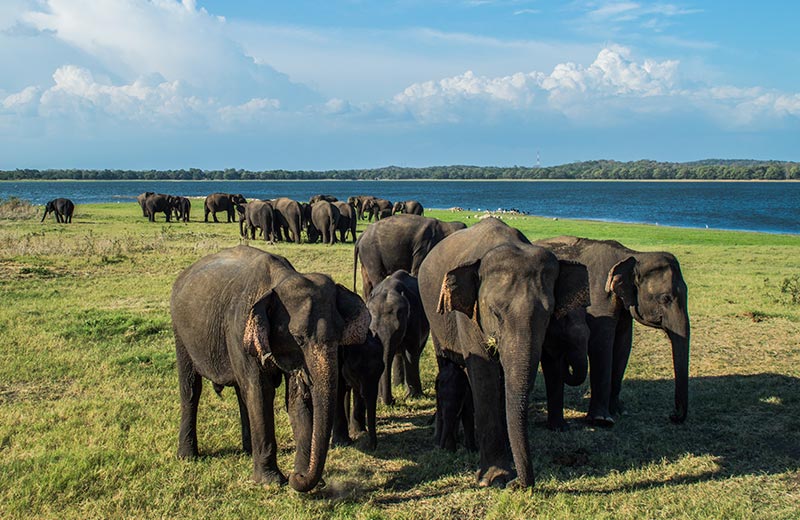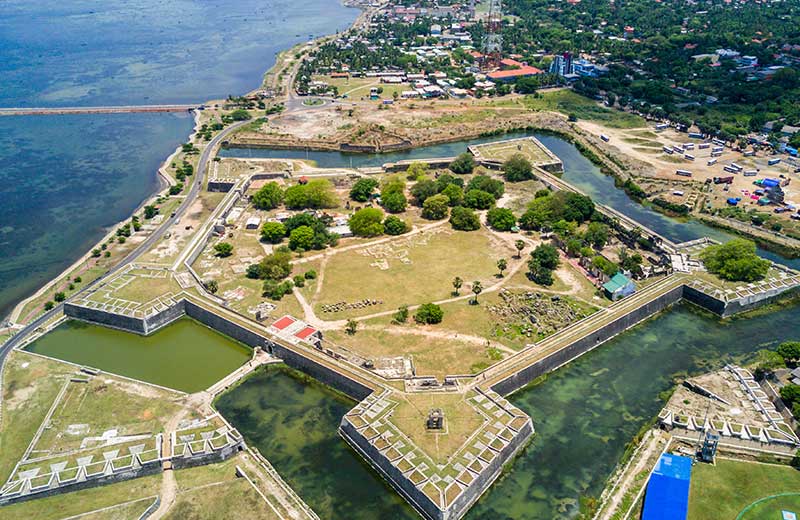Uncrowded National Parks of Sri Lanka to Visit with your Partner
Sri Lanka is one of the world’s 34 biodiversity hotspots, with more biodiversity per unit of land than anywhere else in Asia. There are 26 different national parks on the island, according to the country’s Department of Wildlife Conservation, but some of these are very popular attractions and can be crowded throughout the year. If you’re hoping for an experience that brings you closer to nature without the distraction of your fellow humans, you’ve come to the right place! Here are three uncrowded national parks in Sri Lanka that you can visit when you’re on a honeymoon!
Wilpattu National Park
Known as the Land of Lakes, Wilpattu can be found less than 2 hours away from Kalpitiya, and is one of the country’s oldest and largest national parks. The word Willu translates to Lake, and the park hosts more than 105 natural lakes and tanks within its borders, and covers an area of more than 1,300 square kilometres. Like the popular Yala National Park, Wilpattu is home to a large population of Sri Lankan leopards, but is a far quieter choice to visit. At Yala, you’re likely to encounter a train of safari jeeps crowding around for a glimpse at the animals, whereas Wilpattu offers a more intimate experience.
There are more than 30 different kinds of mammals that live at the park, including leopards, elephants, sloth bears, water buffalos, sambar deer, mongooses and shrews; there are also several species of birds that live here, such as owls, terns, eagles and wetland birds such as purple herons, spoonbills, whistling teals and pintails. Safaris are conducted all year round, but the best time to visit is between the months of May and early September, during the dry season.
Gal Oya National Park
Located less than 2 hours from Arugam Bay, Gal Oya is one of Sri Lanka’s least visited national parks, with one of the most unique experiences to offer. The park was established in 1954, and is home to an elephant herd that moves within it all year round. It is also where several important plants for the island’s holistic Ayurvedic treatments can be found.
Gal Oya National Park, unlike other national parks in Sri Lanka, offers boat safaris within its borders. The largest reservoir in Sri Lanka – the Senanayake Samudraya – is at the centre of the park, and the boat safaris conducted across it offer an uncrowded, relaxing, authentic interaction with the island’s environment. You might get lucky and spot one of the leopards that live here, but the area is not known for its population of its big cats, and you might be better off visiting a different national park if leopards are what you’re after. However, more than 30 other mammal species have been recorded here, including elephants, water buffalo, sambar deer, wild boar and monkeys.
Bird lovers will be delighted to know that there is also a nesting ground known as Bird Island that floats within the reservoir. More than 150 species of birds have been spotted at Gal Oya, including the Indian cormorant, the red-faced malkoha, the grey heron, and the white-bellied sea-eagle.
Sinharaja Forest Reserve
With its name translating to the Lion Kingdom, Sinharaja Forest covers an area of less than 90 square kilometres but is home to a veritable treasure trove of wildlife. This national park is both a UNESCO World Heritage Site and a UNESCO Biosphere Reserve, and is said to be one of the last untouched rainforests in the country. Approximately 2 hours away from the south coast city of Weligama, the forest is home to more than 95 percent of the island’s different species of birds and more than 50 percent of its mammals and butterflies. Sinharaja is less crowded with people due to the density of its woodland – the animals here are better able to hide from prying human eyes. However, if you do decide to visit, some of the magnificent creatures that you can spot here include elephants, leopards, and monkeys, as well as rare birds such as the red-faced malkoha, the Sri Lanka blue magpie, and chestnut-winged cuckoos.



